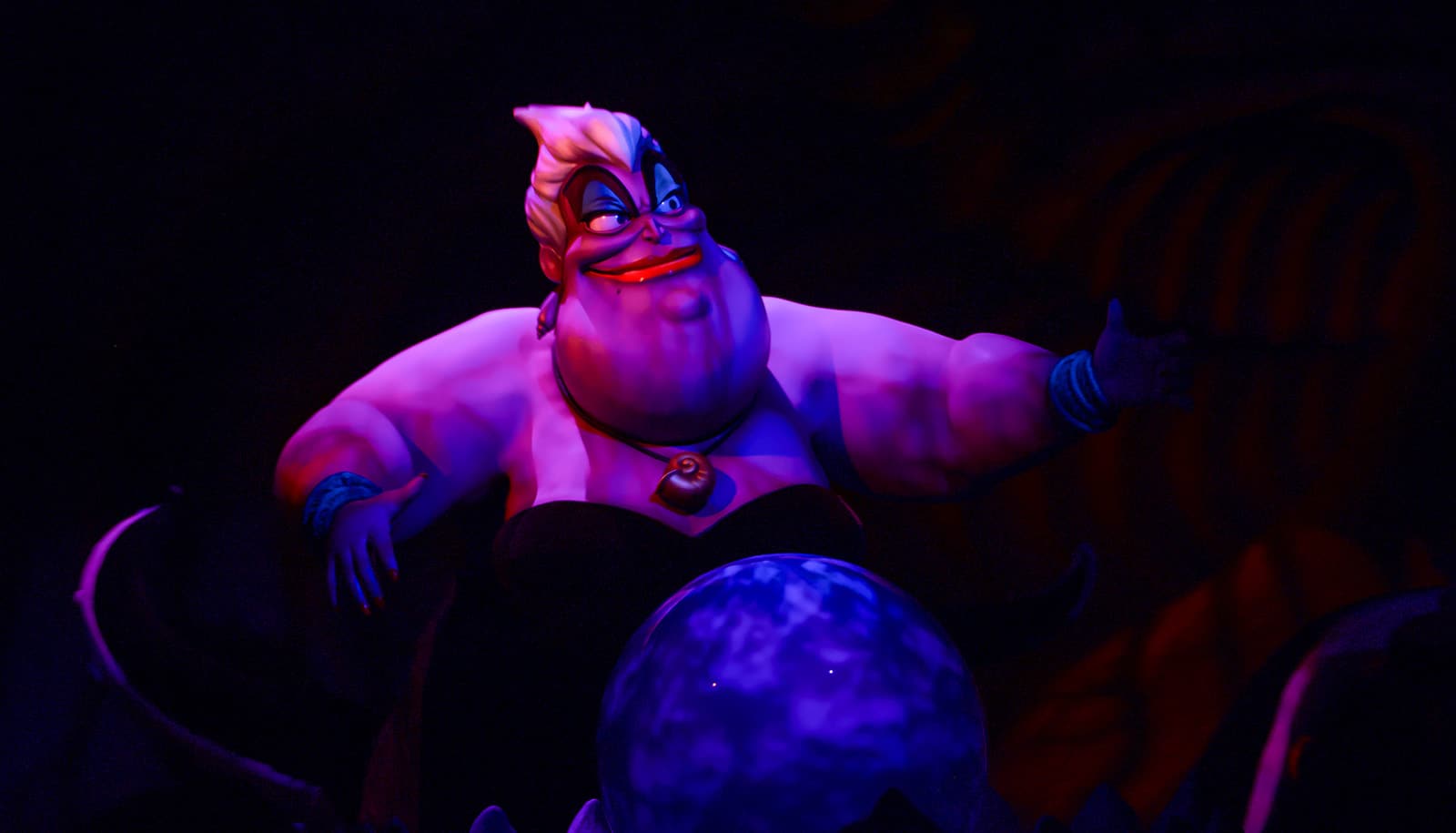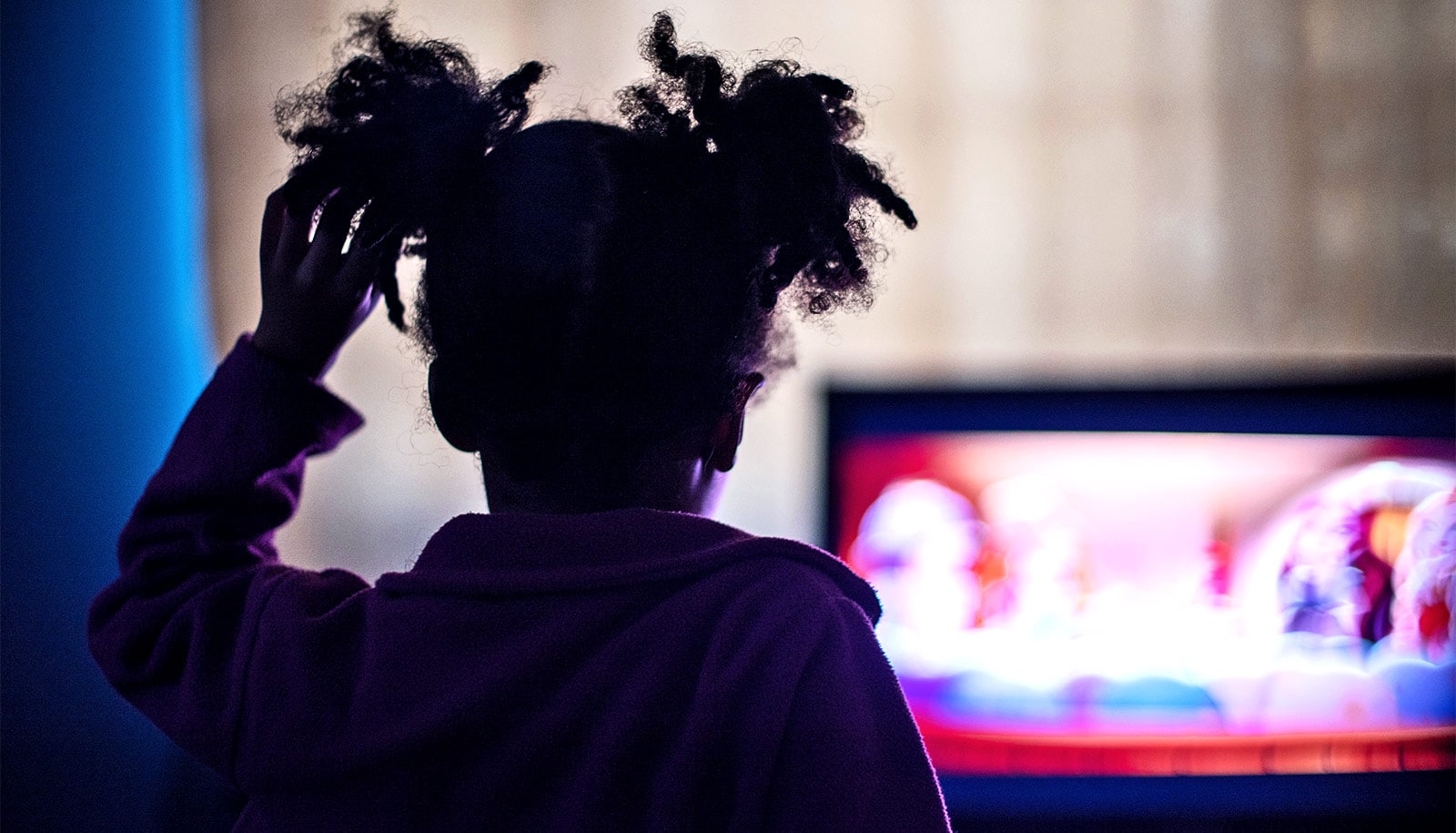Both adults and children more often reported that villains were inwardly good than that heroes were inwardly bad, a study finds.
“In other words, people believe there is a mismatch between a villain’s outward behaviors and their inner, true self, and this is a bigger gap for villains than for heroes,” says Valerie Umscheid, a doctoral student in psychology at the University of Michigan and the study’s lead author.
Inside, villains are a little less evil than they outwardly seem while heroes are fully good guys inside and out.
Umscheid and colleagues conducted three studies with 434 children (ages 4-12) and 277 adults to determine how individuals make sense of antisocial acts committed by evildoers. They focused on participants’ judgments of both familiar and novel fictional villains and heroes, such as Disney’s Ursula from The Little Mermaid and Pixar’s Woody from Toy Story.”
The first study established that children viewed villains’ actions and emotions as overwhelmingly negative. This suggests that children’s well-documented tendency to judge people as good does not prevent their appreciation of extreme forms of villainy.
The second and third studies assessed children’s and adults’ beliefs regarding heroes’ and villains’ moral character and true selves, using an array of converging evidence, including how a character felt inside, whether a character’s actions reflected their true self, and whether a character’s true self could change over time.
Across these measures, the research indicated that both children and adults consistently evaluated villains’ true selves to be overwhelmingly evil and much more negative than those of the heroes. At the same time, researchers also detected an asymmetry in the judgments, wherein villains were more likely than heroes to have a true self that differed from their outward behavior.
Both children and adults believed characters like Ursula had some inner goodness, despite the bad/immoral actions they regularly engage in, Umscheid says.
The study appears in the journal Cognition.
Source: University of Michigan



